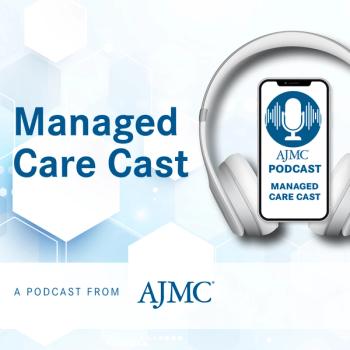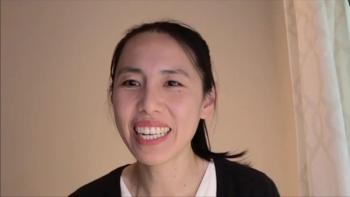
Dr Carmen Solórzano Explains VICC’s Tumor Boards, Implementing Patient Preferences
Carmen Solórzano, MD, FACS, of Vanderbilt University Medical Center, discusses how Vanderbilt-Ingram Cancer Center (VICC) conducts tumor boards and explains how patient preferences are considered during them.
Carmen Solórzano, MD, FACS, shares how Vanderbilt-Ingram Cancer Center (VICC) conducts tumor boards and how they consider patient preferences within them. Solórzano is the director of endocrine surgery and a professor and chair in the Department of Surgery at Vanderbilt University Medical Center (VUMC). She also holds the John L. Sawyers Chair in Surgical Sciences and was co-chair of The American Journal of Managed Care®’s Institute for Value-Based Medicine® held in Nashville, TN on August 17, 2023.
Transcript
Can you discuss the process at VUMC for multidisciplinary teams to make treatment decisions for patients?
The way that tumor boards are structured at Vanderbilt is they include multiple members. They include radiologists, medical oncologists, surgeons, nuclear medicine physicians, pathologists, some navigators, nurse practitioners, and other specialists, such as endocrinologists.
The process is, the treating physician that began seeing that patient in consultation when they were sent to Vanderbilt brings the case, if you will, that is presented in tumor board to all those other members of the tumor board, and we review all the data on the patient, including radiology, pathology; we include prior history; and if there were patients who were treated before for this cancer, we also include that history and review all that thoroughly.
After we do that, then there's a discussion about the way we're going to treat the patient, the pros and cons of treatment. Sometimes there are more than 1 way in which you can do the treatment, so the controversies are discussed, and then we come up with a recommendation. Keep in mind that the tumor boards are for that—they're to make recommendations. They don't mandate the way that treatment is going to go; it's a consensus on recommendation.
How does the team take into account patient preferences when making treatment decisions?
We want to bring up the patient's wishes when the cases are discussed in tumor board, but sometimes the patient may not even know which direction they want to go, because sometimes with the differences in types of treatments that we can give, they have to hear these recommendations.
The presenter of the case, if you will, of the patient's case, will have rapport with the patient and have a conversation with them about what their wishes are. Are they also able to tolerate the treatments that we can offer? Because sometimes they might need a type of chemotherapy that is very hard on the body, and there may be an alternative to that. So, that discussion has to be held.
Sometimes there are iterations of this. We have to present in tumor board, discuss it, then go back to the patient, talk to them, present all the data, and then they can also come up with a decision. It's a constant back-and-forth with the patient in terms of taking what they wish and what their goal is with treatment.
Newsletter
Stay ahead of policy, cost, and value—subscribe to AJMC for expert insights at the intersection of clinical care and health economics.















































